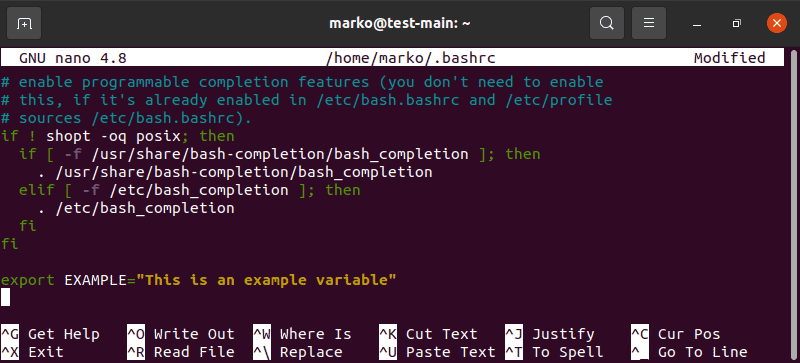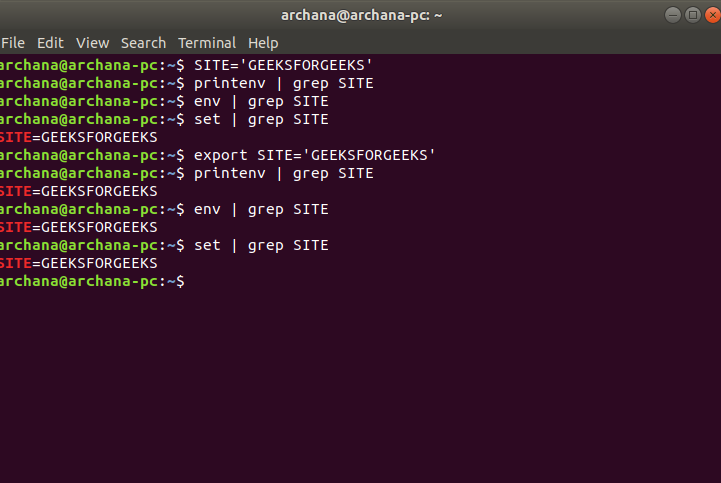Exporting variables in Linux is a common task for system administrators and developers. Whether you want to set environment variables for a specific session or make them available to all processes, understanding how to export a variable is essential. In this comprehensive guide, we will explore the various methods and best practices for exporting variables in a Linux environment.
Understanding Environment Variables
Before delving into the process of exporting variables, it’s important to understand what environment variables are and how they impact the behavior of programs and processes in a Linux system. Environment variables are dynamic values that affect the behavior of processes and programs running in an operating system. They are a key part of the operating system’s environment and are used to convey information about the system’s configuration.
Exporting Variables Using the ‘export’ Command
The ‘export’ command is used in Linux to mark variables as exportable, making them available to child processes. To export a variable, simply use the following syntax:
export VARIABLE_NAME=value
For example, to export a variable named “MYVAR” with the value “myvalue”, you would use the following command:
export MYVAR=myvalue
Permanent Export Using .bashrc
If you want to make a variable persistent across sessions and system reboots, you can add the export statement to your .bashrc file. This file is executed whenever a new shell session is started, ensuring that the exported variable is available to all subsequent processes. To do this, open the .bashrc file in a text editor and add the export statement for the desired variable. For example:
export MYVAR=myvalue
Exporting Variables for a Single Command
If you need to export a variable for a single command or script, you can do so inline by prefixing the command with the variable assignment. For example:
MYVAR=myvalue mycommand

Credit: phoenixnap.com

Credit: www.cyberciti.biz
Viewing Exported Variables
To view the list of currently exported variables in your Linux environment, you can use the env command. Simply type env in your terminal, and it will display a list of all environment variables, including those that have been exported.
Best Practices for Exporting Variables
- Use descriptive names for your variables to enhance readability and maintainability.
- Avoid overwriting system-defined environment variables to prevent unintended consequences.
- Be mindful of security implications when exporting sensitive information as variables.
- Regularly review and manage the list of exported variables to avoid clutter and conflicts.
Conclusion
Exporting variables in Linux is a fundamental aspect of system configuration and customization. By understanding the various methods for exporting variables and following best practices, you can effectively manage and propagate environment variables in a Linux environment. Whether you need to set temporary variables for a specific session or make them persistent across reboots, the flexibility of Linux provides multiple options for exporting variables to suit your specific requirements.
